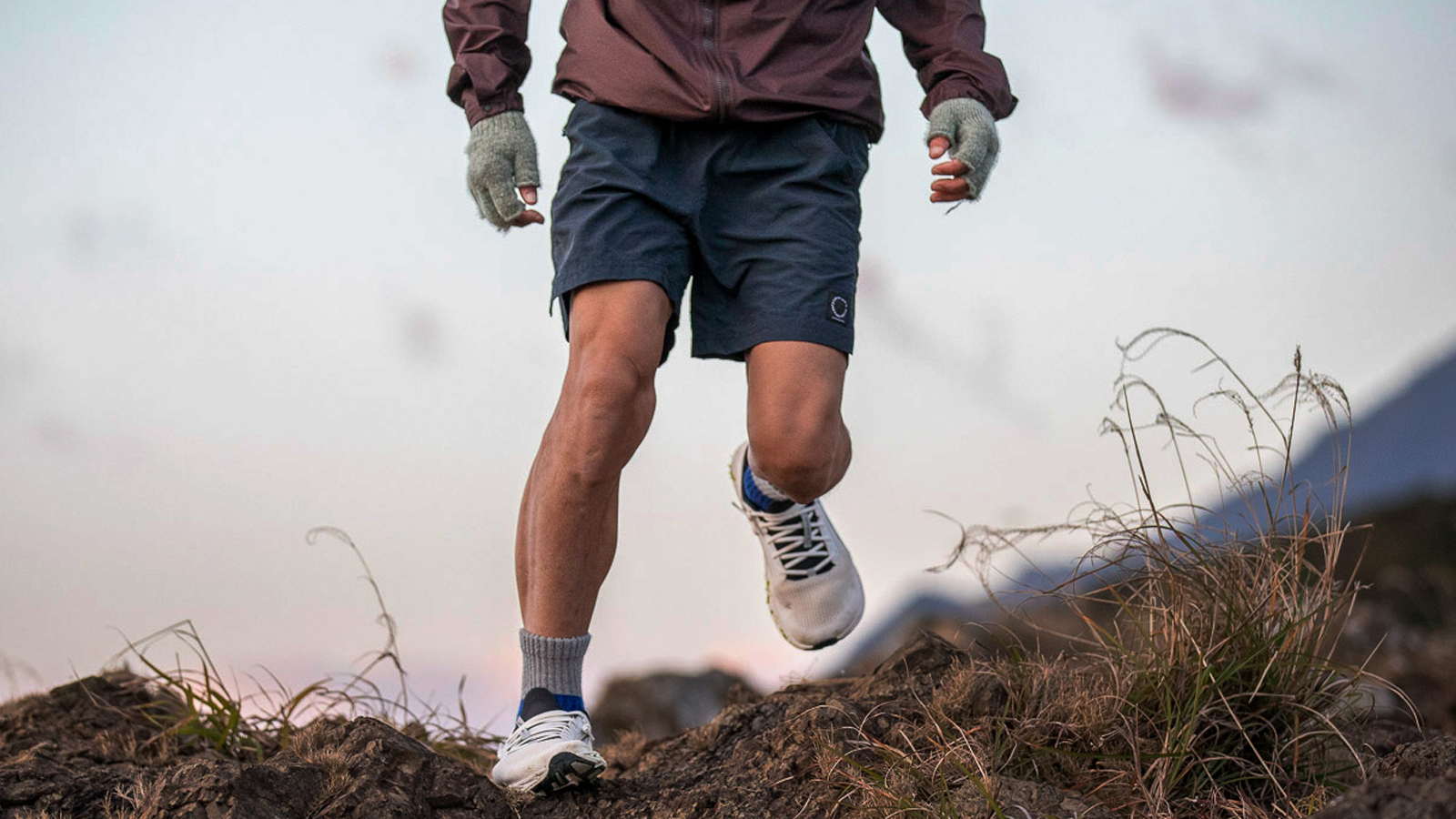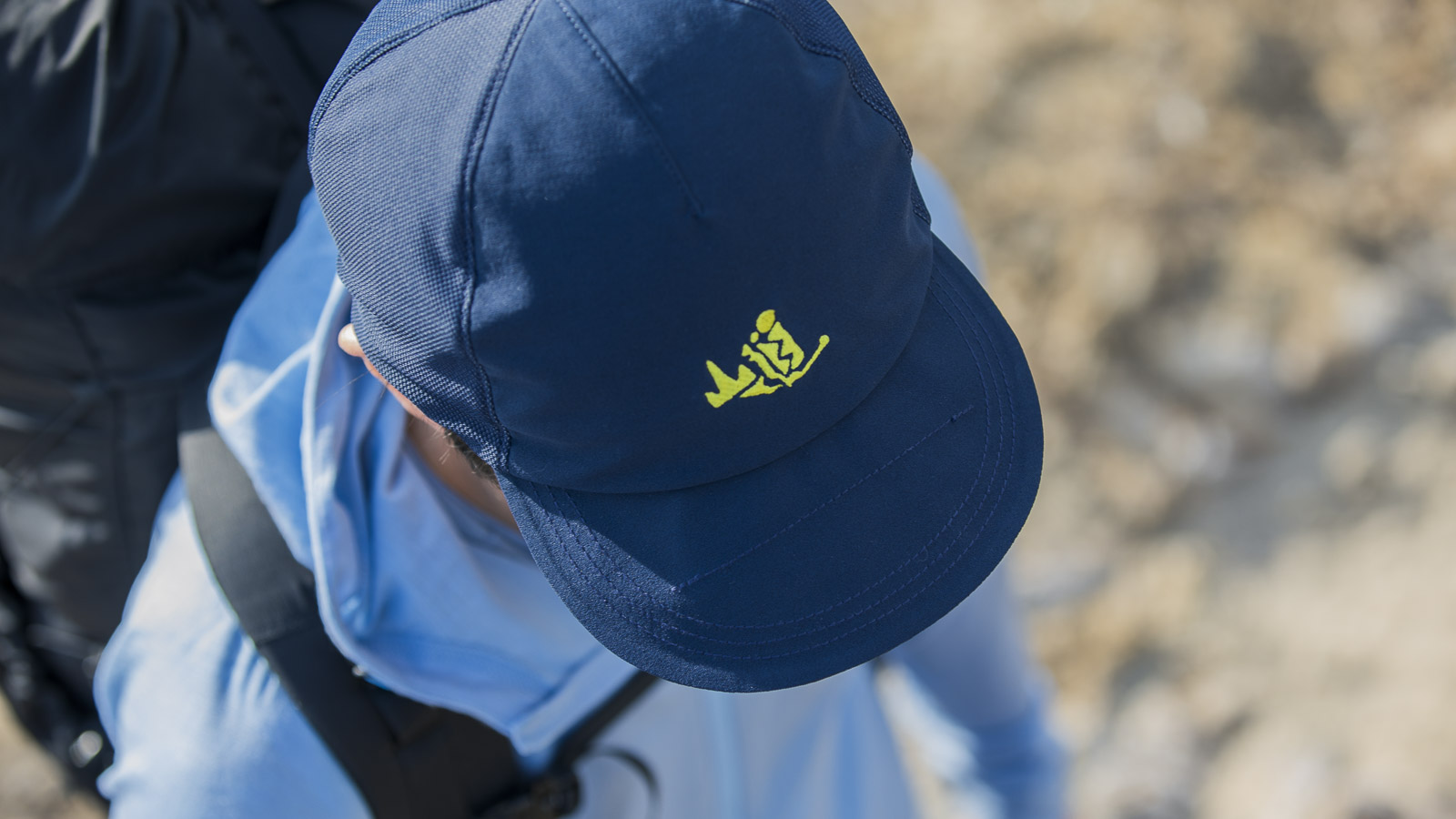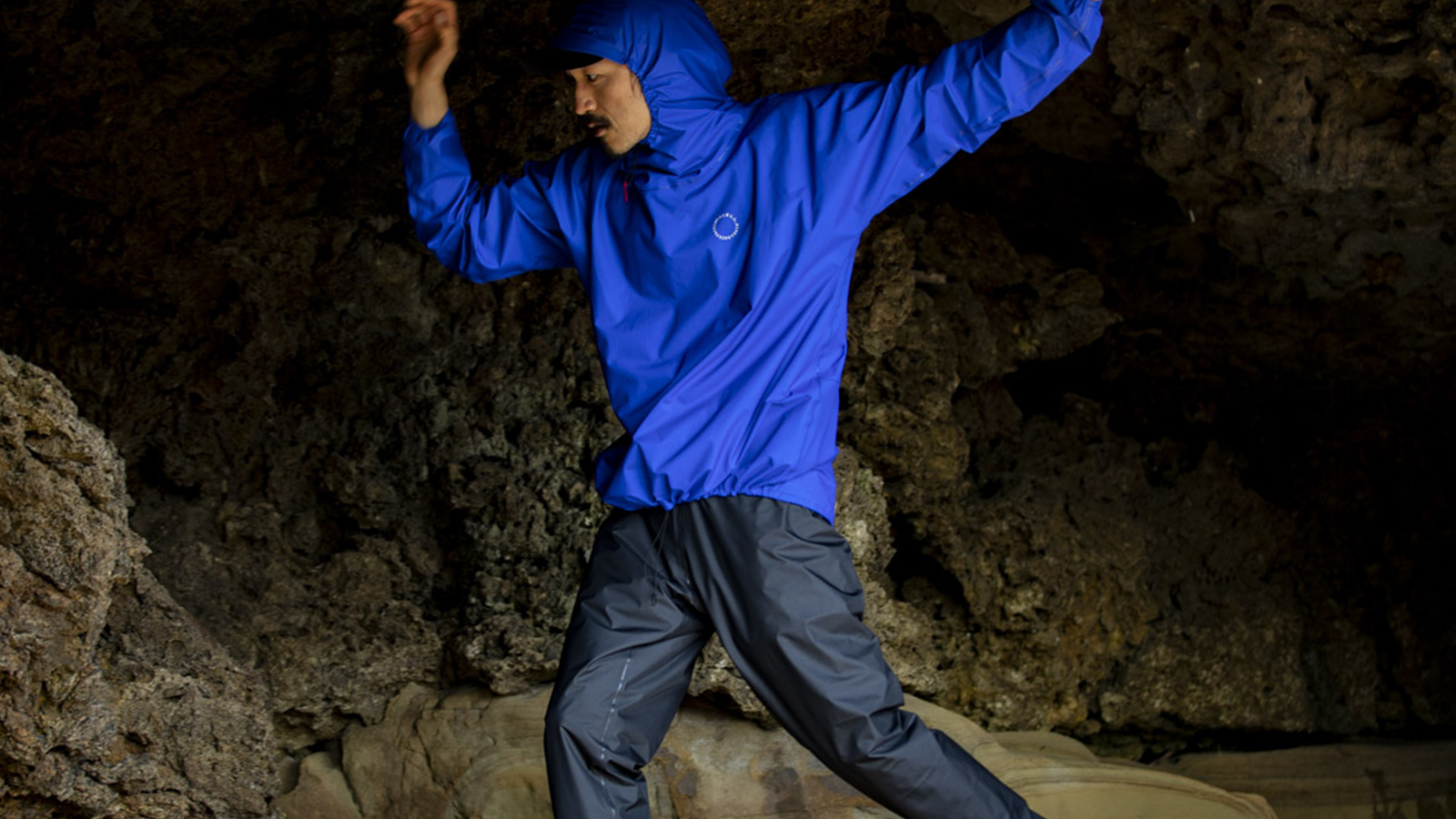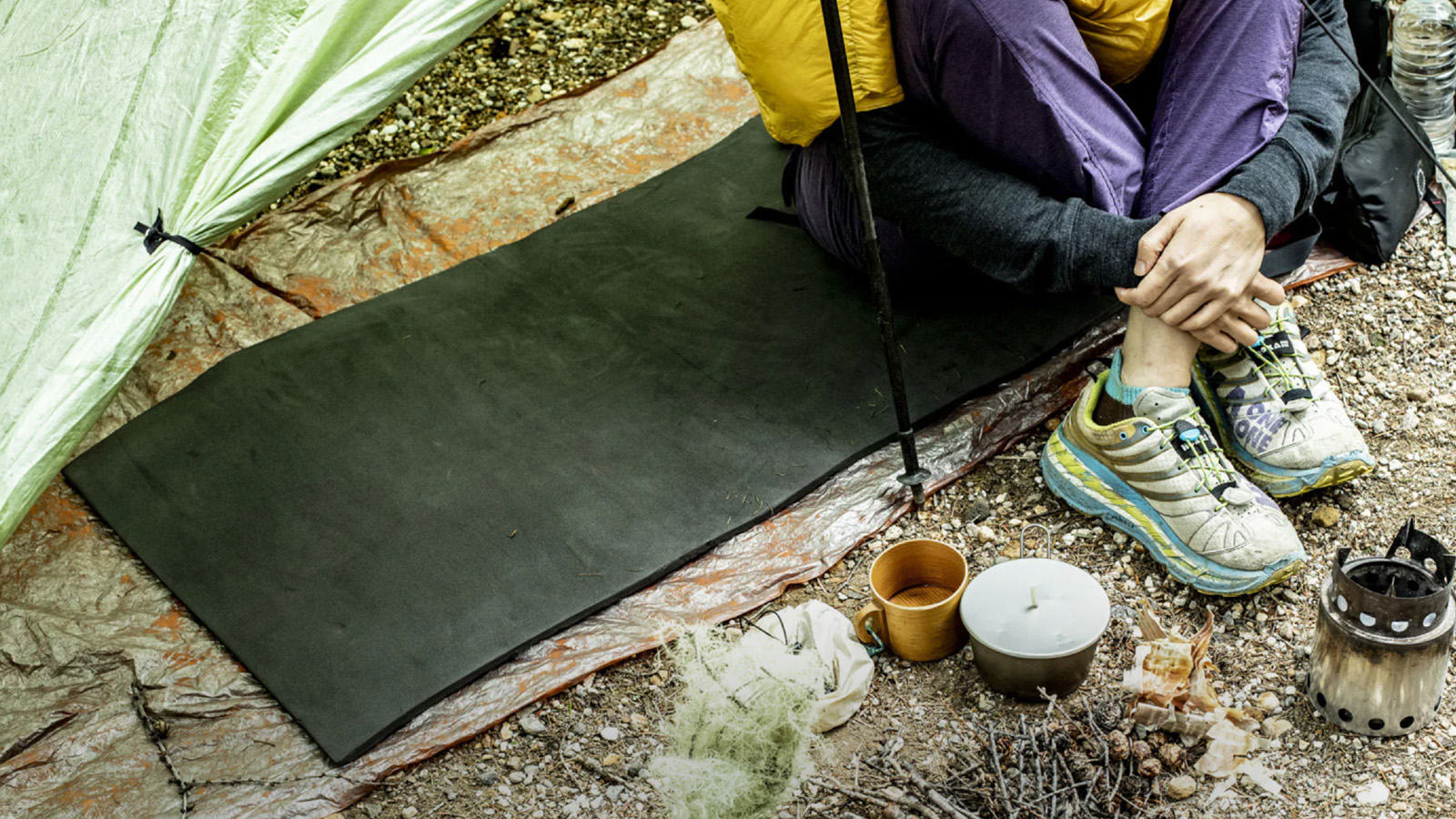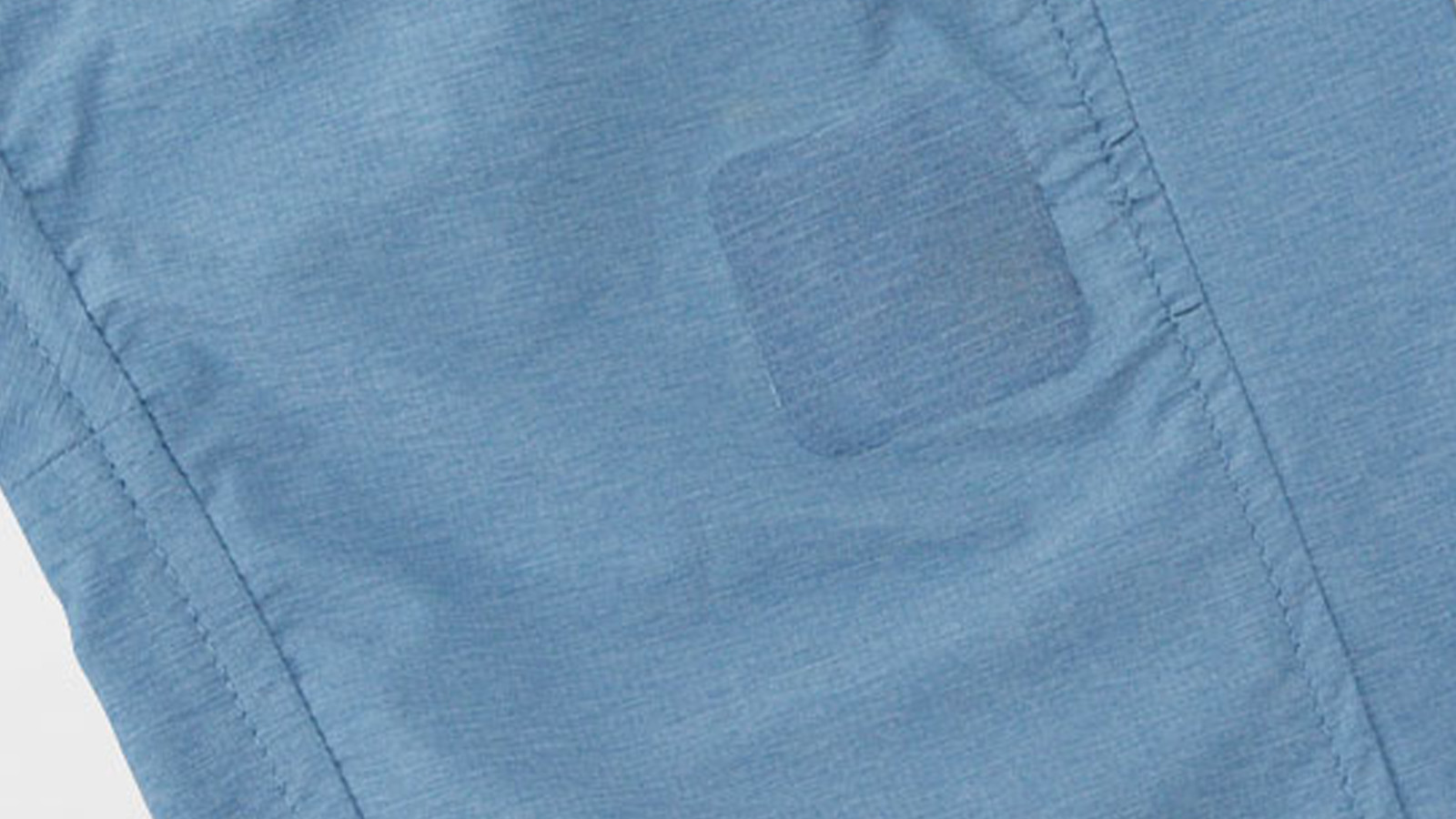Ranking Sleeping Pads by R-value
Introduction/Sleeping Pad Explanation: Takahiro Watanabe
Illustrations: KOH BODY
Ranking Sleeping Pads by R-value
Introduction/Sleeping Pad Explanation: Takahiro Watanabe
Illustrations: KOH BODY
- Features of Each Sleeping Pad Type
- List of Sleeping Pad Products
- 1. Top 10 Sleeping Pads in Terms of Weight
- 2. Top 10 Sleeping Pads in Terms of R-Value
- 3. Top 10 Air Pads in Terms of R-Value
- 4. Top 10 Self-Inflating Mats in Terms of R-Values
- 5. Top 10 Closed-Cell Foam Mats in Terms of R-Value
- 6. Top 10 R-Values by Weight
- Outro
Sleeping pads are an essential piece of gear to us hikers.
In this Yamatomichi Lab article we dig deep into sleeping pads.
R-value is a measurement of insulationーthe higher the value, the better the heat retention. In 2019, the international standard ASTM F3340-18 was established, allowing for a consistent comparison of insulation across products based on this new R-value. Before, testing methods varied by company, making it difficult to compare objectively.
While few manufacturers in Japan disclose R-values based on the ASTM F3340-18 standard, we decided to make our results public. Joining companies that use the same testing method commonly seen in Europe and the United States.
We compiled a chart comparing the R-values of various products in the market, which revealed intriguing insights into the current landscape of sleeping pads. In this discussion, we’ll use this chart to explore the trends in the sleeping pad market, looking at rankings based on R-values across different types and insulation levels.
*The analysis that follows is based purely on catalog data such as R-value, product weight, and pad type, and is not a hands-on review of these products. There are more important factors when choosing a sleeping pad other than R-value.
Takahiro Watanabe, Yamatomichi Laboratory
Features of Each Sleeping Pad Type
Before diving into the topic of warmth (R-value), let’s start from the basics. Sleeping pads generally fall into three categories, each with its own advantages, and disadvantages.
Closed-Cell Foam
These sleeping pads are made from foam insulation material and is relatively inexpensive. They are usually light, resistant to punctures, and easy to set up. However, they are bulky and may lack R-value.
Self-Inflating
These pads combine compressed foam with an inflatable air chamber. They offer excellent insulation and cushioning and can be packed more compactly than closed-cell foam pads. However, they tend to be heavier than the other two types. Even if punctured, the foam inside provides some degree of cushioning and insulation.
Air Pads
These pads use air as the primary insulator and cushioning material. They offer superior comfort and packability but are more prone to punctures. If punctured, they lose both insulation and comfort. Very lightweight, but inflating them requires effort, often needing a pump sack, which adds to the overall weight. Some models include synthetic insulation to enhance warmth.
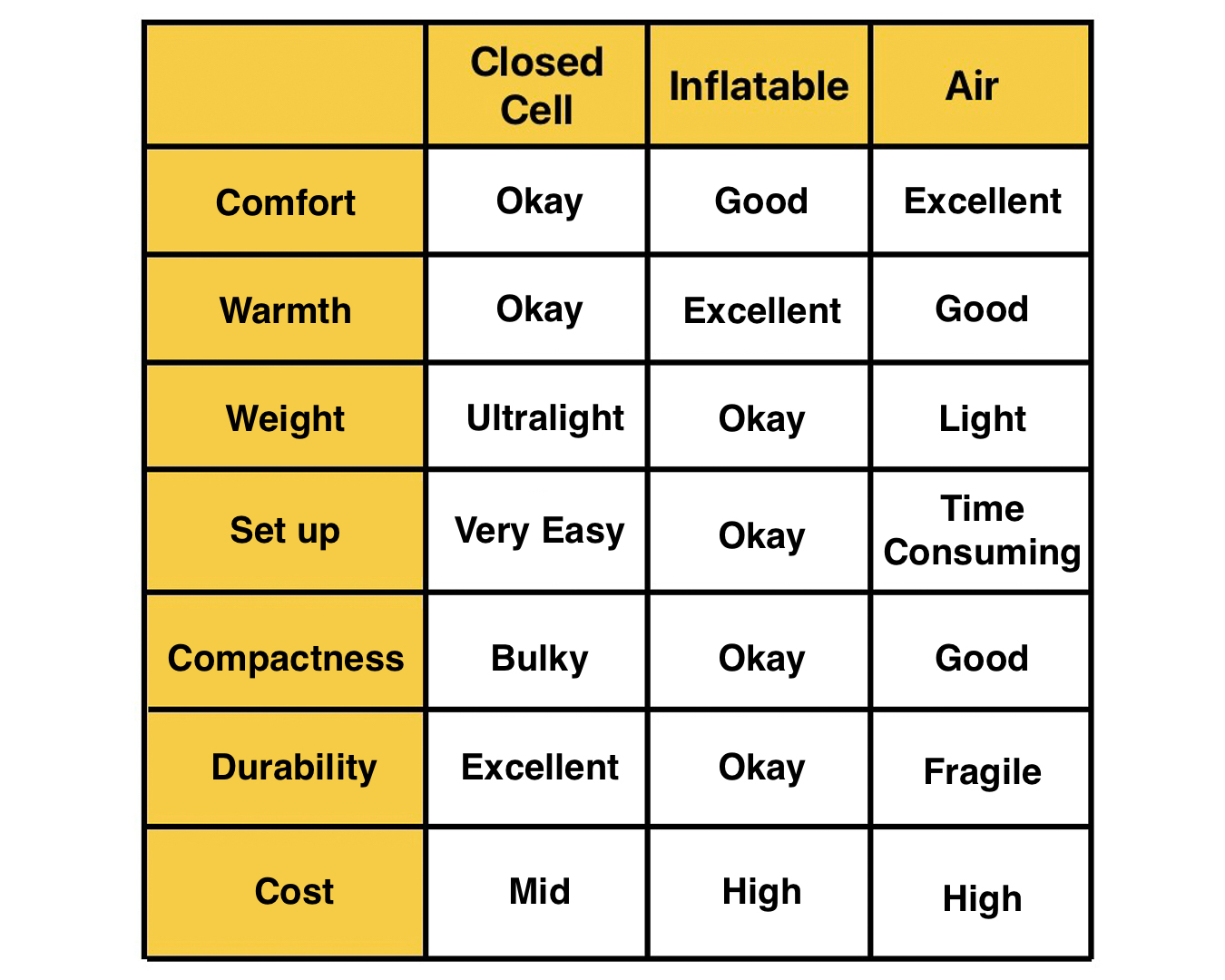
※In addition, there is a derivative category of air pads known as insulated air pads, which have synthetic insulation, such as polyester fibers, sealed inside for added warmth.
Recommended Situations Based on R-Value
The R-value indicates warmth, with higher numbers reflecting better insulation. There are recommended values depending on the season and ambient temperature. According to Cascade Designs, the company that led the development of the ASTM F3340-18 standard (and owns the sleeping pad brand Therm-a-Rest), an R-value of 1–2 is suitable for summer hiking, 2–4 for three-season use from spring to fall, 4–6 for winter hiking, and higher values for high altitudes or polar regions (though this can vary depending on the person significantly).
Below is a chart created from the Cascade Designs’ R-value recommendation chart.

R-Value Measurement: ASTM F3340-18
In a sealed environment at 20°C, the pad is placed between two metal plates. The upper plate is subjected to a pressure of 2 kPa to simulate a person lying on it and is maintained at a temperature of 35°C to mimic body heat. The lower plate, representing the ground at a campsite, is kept at 5°C. The energy required to maintain the upper plate at a constant temperature is measured. This energy is then used in a formula to calculate the R-value. Pads with higher insulation require less energy and thus have a higher R-value, while pads with lower insulation need more energy, resulting in a lower R-value.
List of Sleeping Pad Products
Below is a list of sleeping pads that will be ranked in our articles. All products are obtainable from Japanese manufacturers or official distributors and is available as of August 2024. Products weighing over 1kg, which are unsuitable for hiking, those that do not follow the ASTM F3340-18 standard, have been excluded. The length and weight are listed for the smallest available size model, arranged in descending order of R-value for each manufacturer.
※ Some product names may be abbreviated in the table.
※ Products for which it is unclear whether the published R-value is based on ASTM F3340-18 have been excluded.
※ Sleeping pad types are indicated as follows:
Closed-Cell Foam = Closed cell
Self-Inflating = Inflatable
Air Pad = Air
Insulated Air Pad = Air+

1. Top 10 Sleeping Pads in Terms of Weight
Weight is a crucial factor when choosing a sleeping pad. So, let’s start by viewing the lightest sleeping pads.

Our products dominated the top three spots! First-place; the Minimalist Pad is a product focused entirely on lightweight performance, with a thickness of just 0.5 cm and an R-value of only 0.7. However, since R-values can be simply added, stacking two Minimalist Pads gives you an R-value of 0.7 + 0.7 = 1.4, and even then, the combined weight of 106g for both pads is still ultralight.
The second and third spots are held by the UL Pad 15 and UL Pad 15+, weighing in at 75g and 113g (both 100cm in length), respectively. Their incredible lightness far surpasses the rest of the rankings.
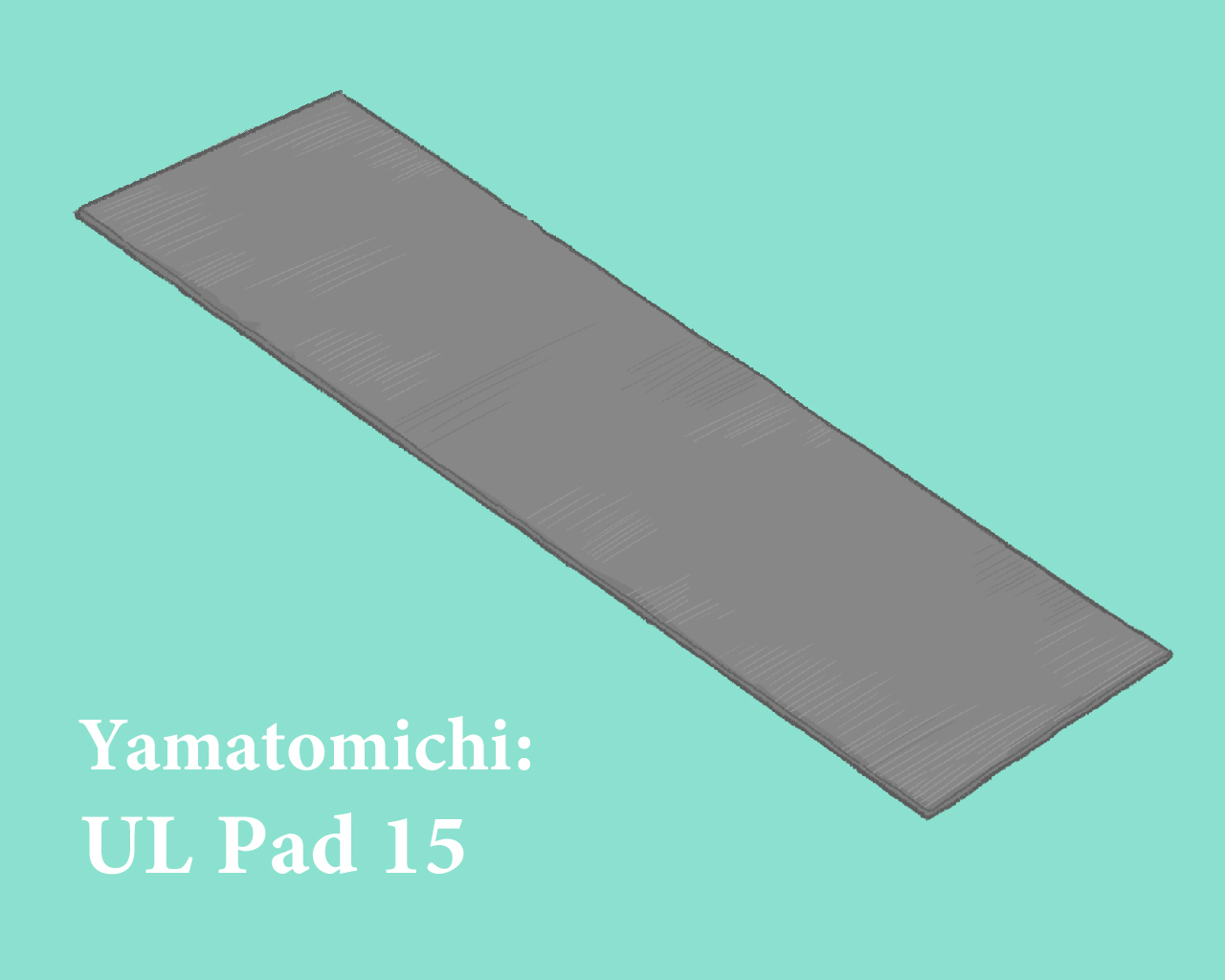
In fourth place is Therm-a-Rest’s ultralight air mat, the NeoAir UberLite. This is the only product outside of Yamatomichi to weigh under 200g, with the small size at 170g and the regular size at 250g. It boasts unparalleled lightweight performance among air mats, making it a standout choice for ultralight hikers. Additionally, its compact packed size adds to its appeal, making it an attractive option for those looking to minimize their gear.

In terms of types, 7 out of the top 10 products are closed-cell foam pads, clearly highlighting their lightweight advantage compared to other types. However, the only inflatable pad to make the list, the Nemo Zor Short Mummy, weighs 295g (with a length of 122cm), which is comparable to closed-cell pads, and boasts an R-value of 2.7, the highest among the top 10. For those considering an inflatable option from an ultralight perspective, this product is definitely worth noting.
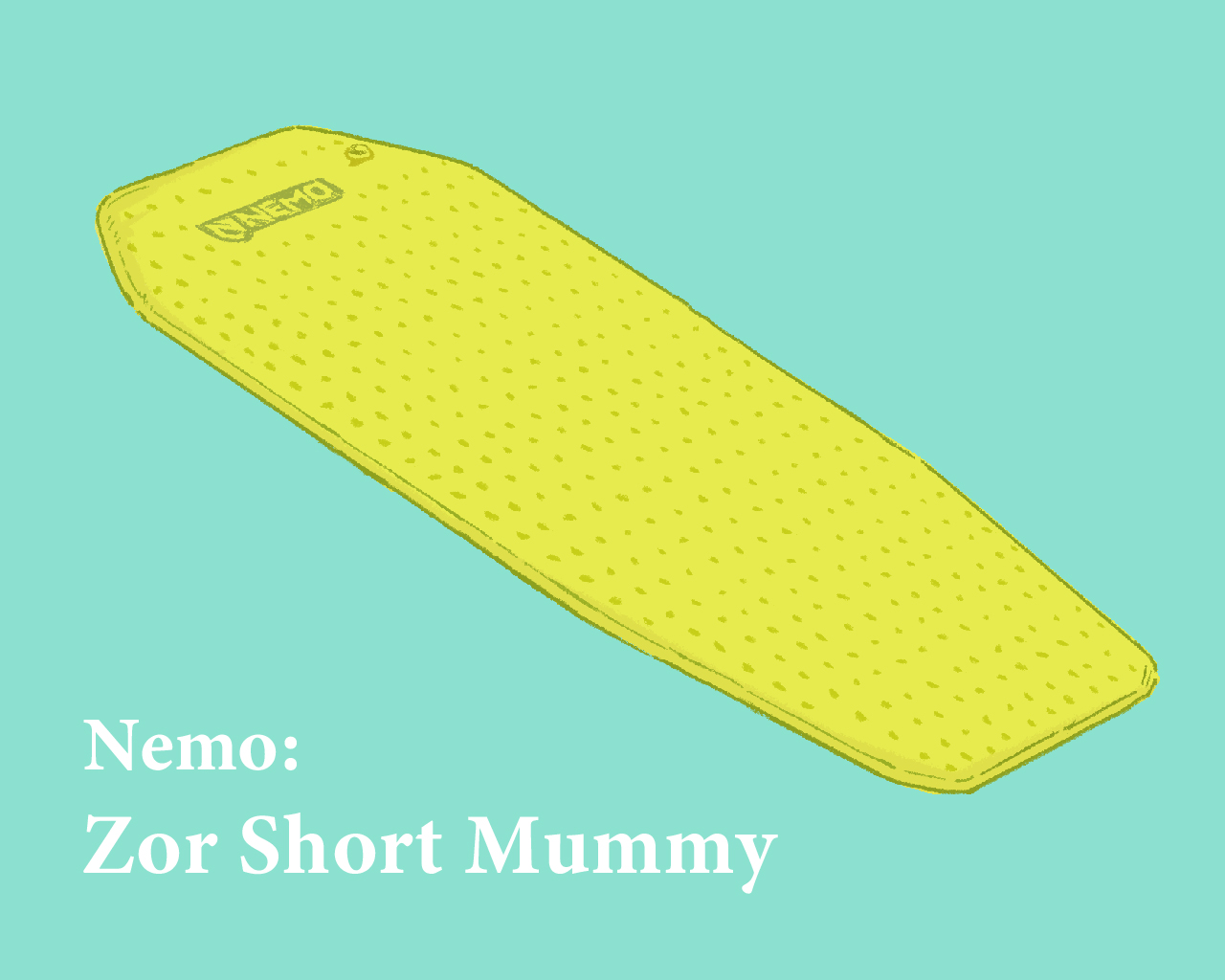
2. Top 10 Sleeping Pads in Terms of R-Value
Now, let’s get into the main topic. Based on the published R-values, we’ll create rankings from various perspectives and carefully analyze the data.
First, here are the top 10 products with the highest R-values—representing the warmest sleeping pads as of August, 2024.

When looking at the types, it’s clear that positions 1 through 9 are dominated by air mats or insulated air mats with synthetic down or other insulation (marked as Air+ in the table), highlighting the superior warmth of air mats.
At the top of the list is Nemo’s astonishing new product, the Tensor Extreme Conditions Regular Mummy, which was just released last season. Weighing 472g with an R-value of 8.5, it’s a true game-changer in the market. To put this into perspective, the second-place Exped Dura 8R has an R-value of 7.8 but weighs 970g—about twice as much—yet still has a lower R-value by 0.7!
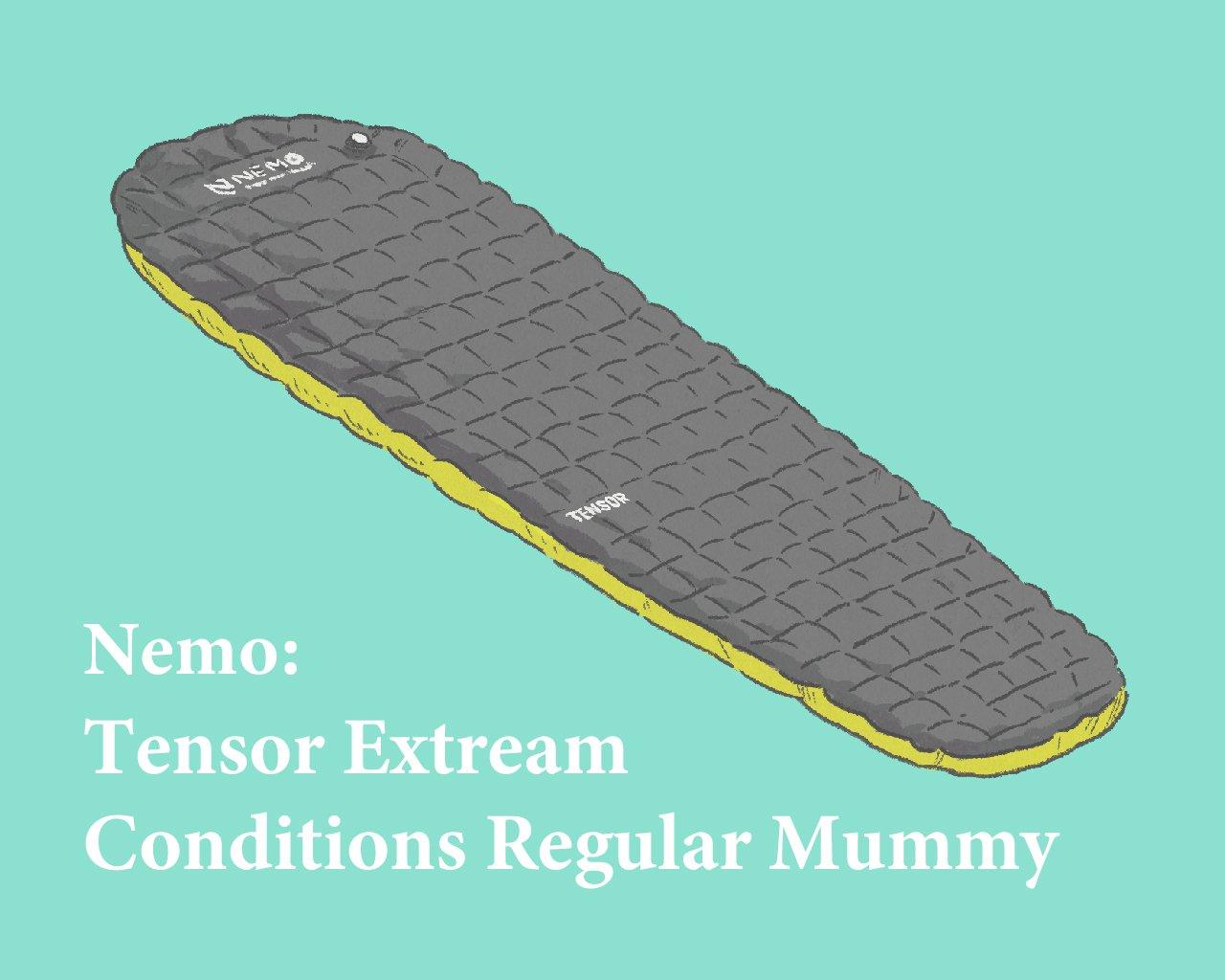
When the Therm-a-Rest NeoAir XTherm NXT, which is now ranked third, was released two years ago, it was astounding with its weight of 439g and an R-value of 7.3. It came close to matching the warmth of the then-champion, the Dura 8R, while being significantly lighter, signaling the arrival of a next-level product. However, the Tensor Extreme Conditions now surpasses the Dura 8R in both weight and R-value. The introduction of the NeoAir XTherm NXT and Tensor Extreme Conditions seems to mark the beginning of a new era for air mats.
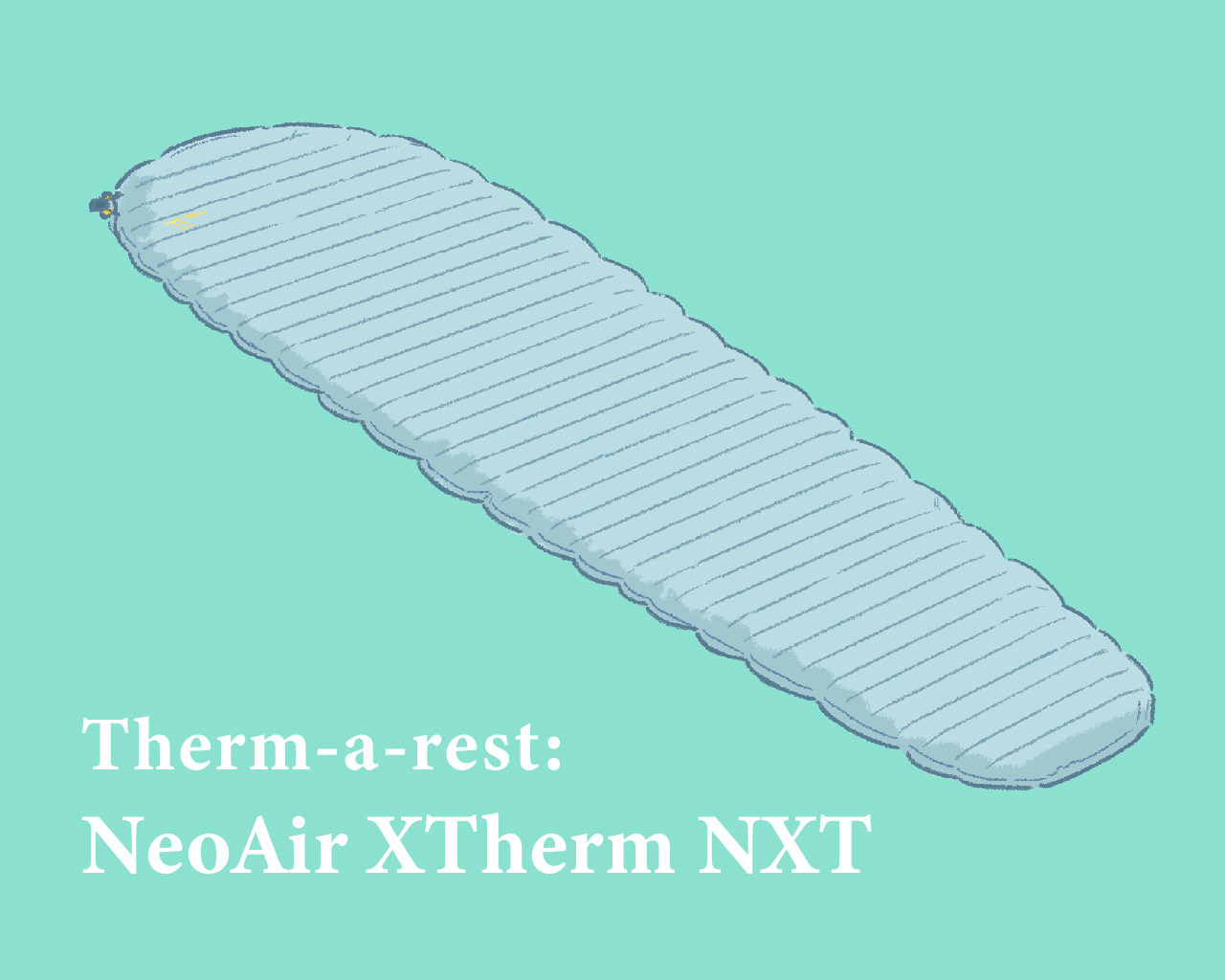
What’s even more remarkable is that these two products achieve their impressive R-values and light weight without using any insulation materials, which traditionally provided a significant warmth advantage. Both rely on innovative internal structures, along with reflective and insulating coatings or films, to reach these levels of warmth. The arrival of these two products might signal the beginning of the end for the era dominated by insulated air mats, which have until now been superior in terms of warmth.
Following this discussion, let’s take a look at the R-value rankings for non-insulated air mats.
3. Top 10 Air Pads in Terms of R-Value
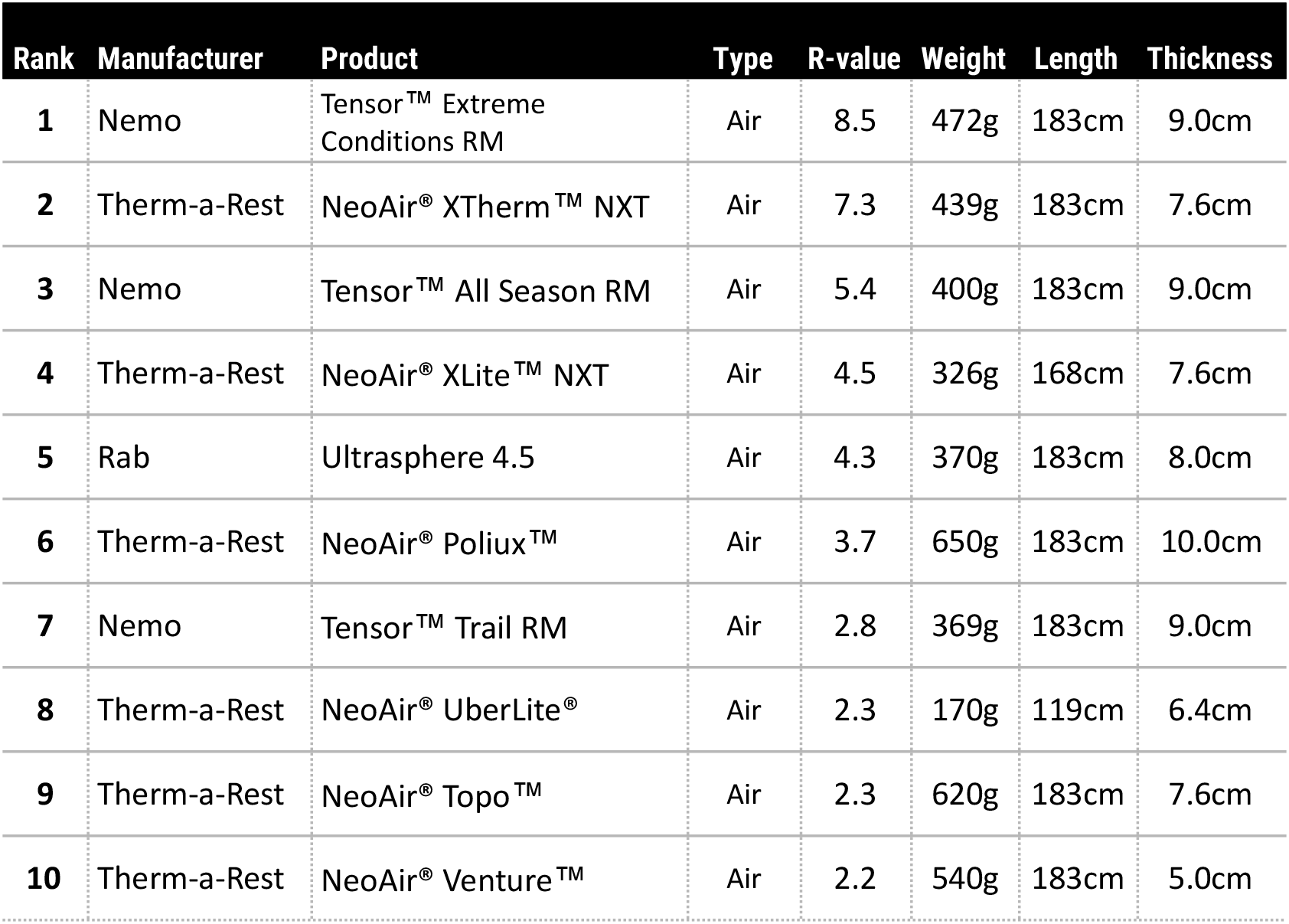
The top two spots for air mats, known for their exceptional packability and lightweight design, unsurprisingly go to the Nemo Tensor Extreme Conditions and the Therm-a-Rest NeoAir XTherm NXT, as previously mentioned. Interestingly, Nemo and Therm-a-Rest also took the 3rd and 4th positions, with a total of 9 out of the top 10 products from these two brands. This suggests that both manufacturers are heavily focused on developing non-insulated air mats, while other brands like Exped and Sea to Summit seem to be concentrating more on insulated versions.
The 3rd place Nemo Tensor All Season is also impressive, with a weight of 400g and an R-value of 5.4. In 4th place, the Therm-a-Rest NeoAir XLite NXT R, which is the origin of air mats, has an R-value of 4.5 at a weight of 326g, highlighting its enduring excellence. Since its introduction in 2009, the NeoAir XLite has seen slight spec improvements, but its performance has remained largely consistent, reaffirming its status as a groundbreaking product.
The 5th place Rab UltraSphere 4.5 also offers notable performance, weighing 370g with an R-value of 4.3, almost matching the NeoAir XLite NXT. It will be interesting to see how Rab asserts its presence in this category, which has been largely dominated by Therm-a-Rest and Nemo.
However, it’s worth noting that from 7th place onward, all the products have an R-value of 3 or lower. This reveals that many air mats, despite their popularity, actually have relatively low R-values, comparable to closed-cell foam types, and lower than inflatable types.
4. Top 10 Self-Inflating Mats in Terms of R-Values
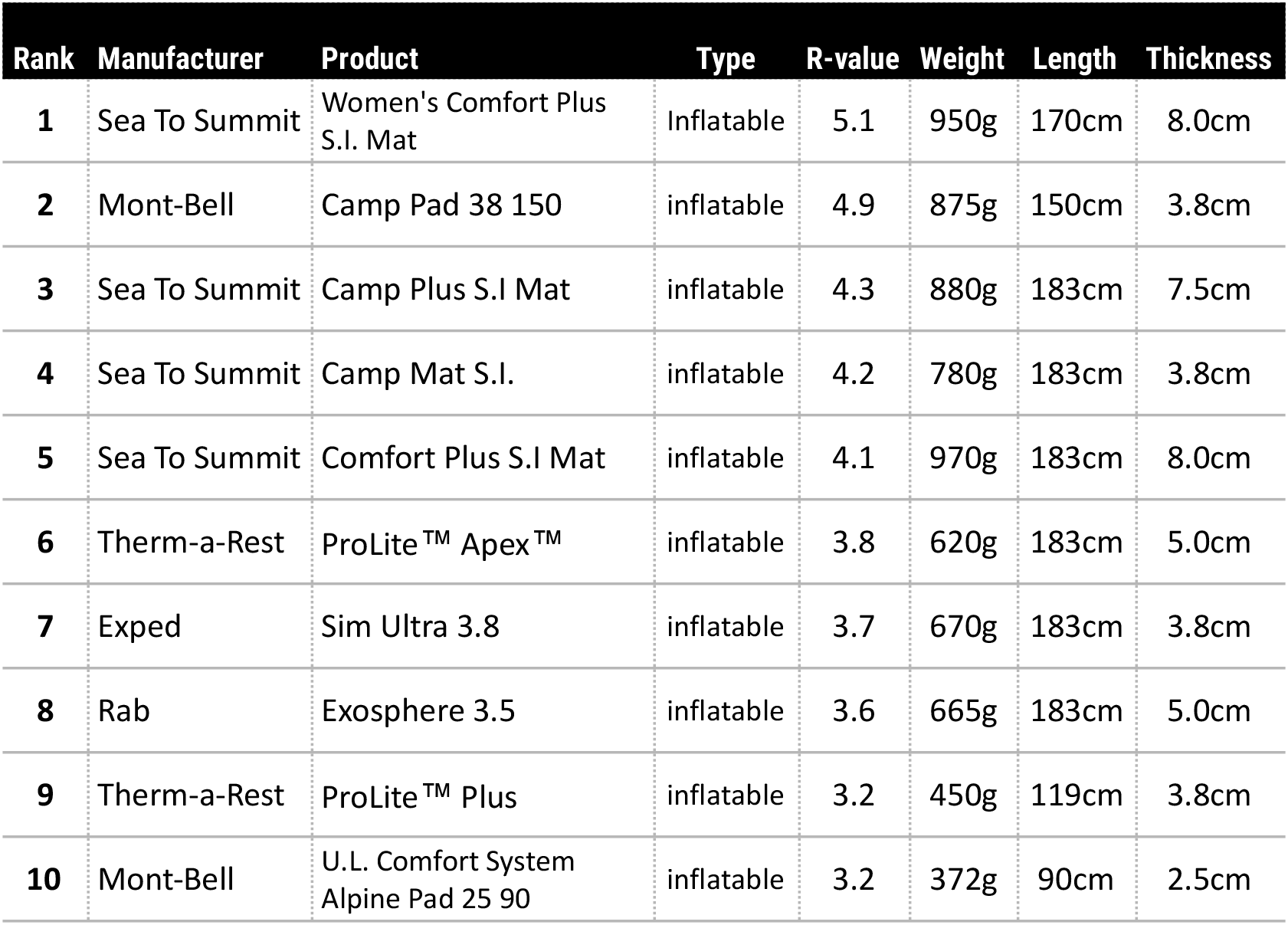
Although self-inflating mats have somewhat lost their prominence in recent years with the rise of lightweight and compact air mats, the top-ranked Sea to Summit Women’s Comfort Plus S.I. Mat stands out with impressive features. It boasts an 8cm thickness and an R-value of 5.1 (the men’s version, which ranked 5th, has a thickness of 7.5cm and an R-value of 4.3). While its weight of 950g is a bit on the heavier side, it offers performance comparable to that of insulated air mats.
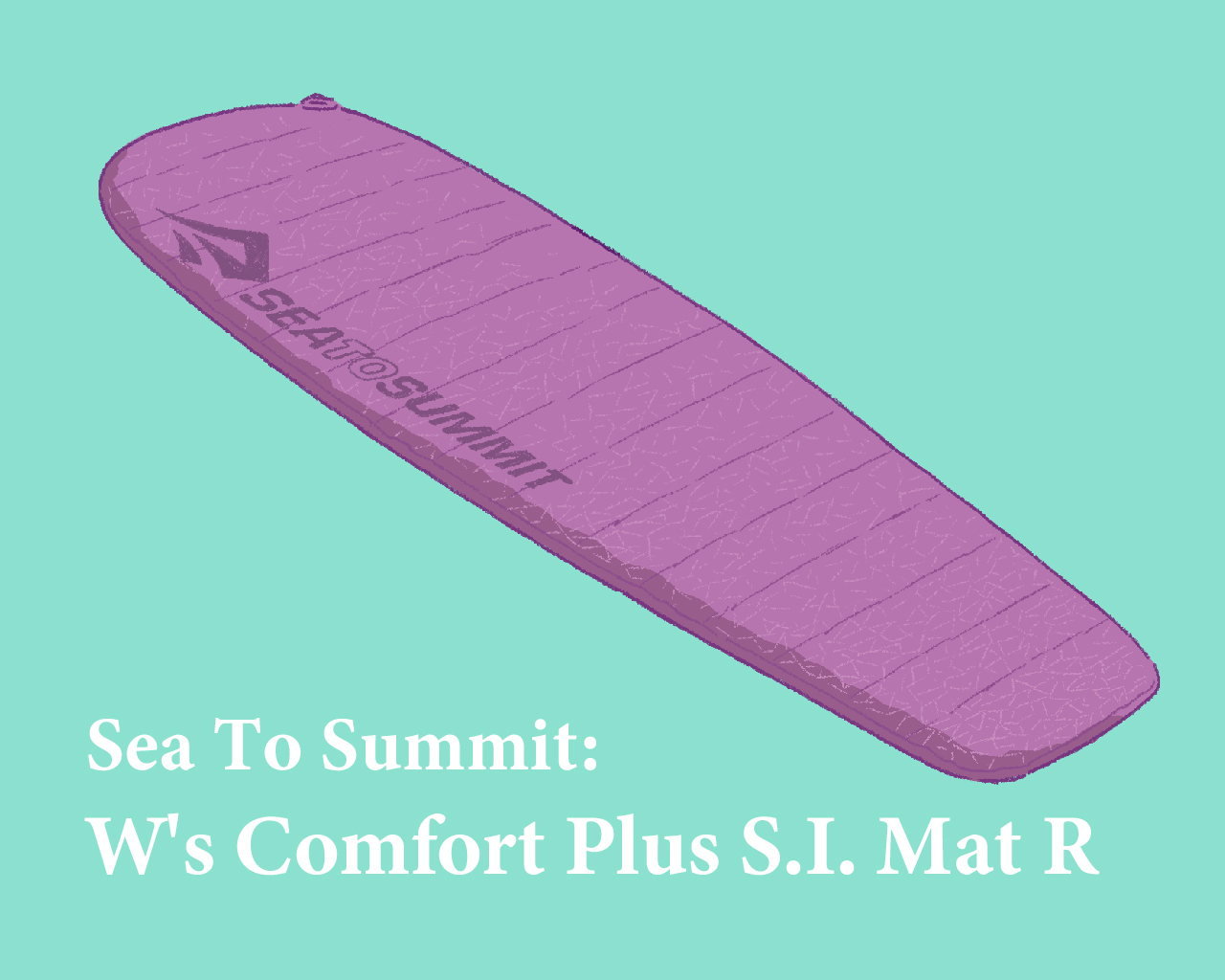
From an ultralight hiking perspective, the top models in this category are all too heavy, which suggests that air mats would be the preferred choice for winter use. In terms of weight, self-inflating mats simply can’t compete with air mats or closed-cell foam pads. With no significant technological advancements in recent years, it’s clear that the presence of self-inflating mats has diminished in the market.
5. Top 10 Closed-Cell Foam Mats in Terms of R-Value
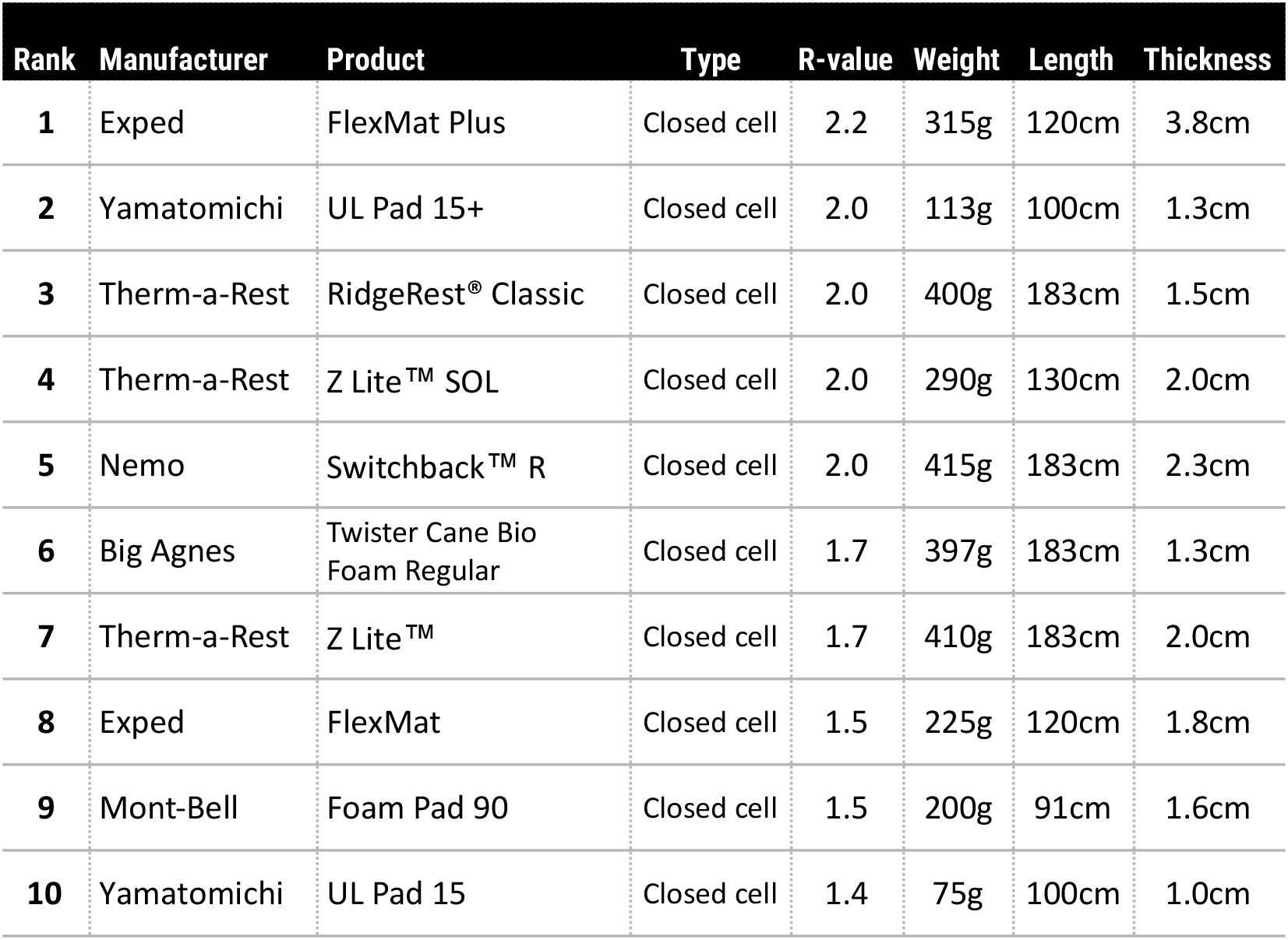
The top spot for closed-cell foam mats goes to the Exped FlexMat Plus, which is a warmer version of the 8th-ranked FlexMat. Its standout features include an R-value of 2.2 and a unique thickness of 3.8cm, which sets it apart from the competition (though it’s worth noting that the pad’s surface has an egg-crate-like texture, so the thickness isn’t uniformly 3.8cm). However, the product’s website claims it can handle temperatures as low as -4°C, and it even features images of snow-covered environments, suggesting that the manufacturer is confident in the insulation provided by the R-value of 2.2, which is typically considered suitable for three-season use.
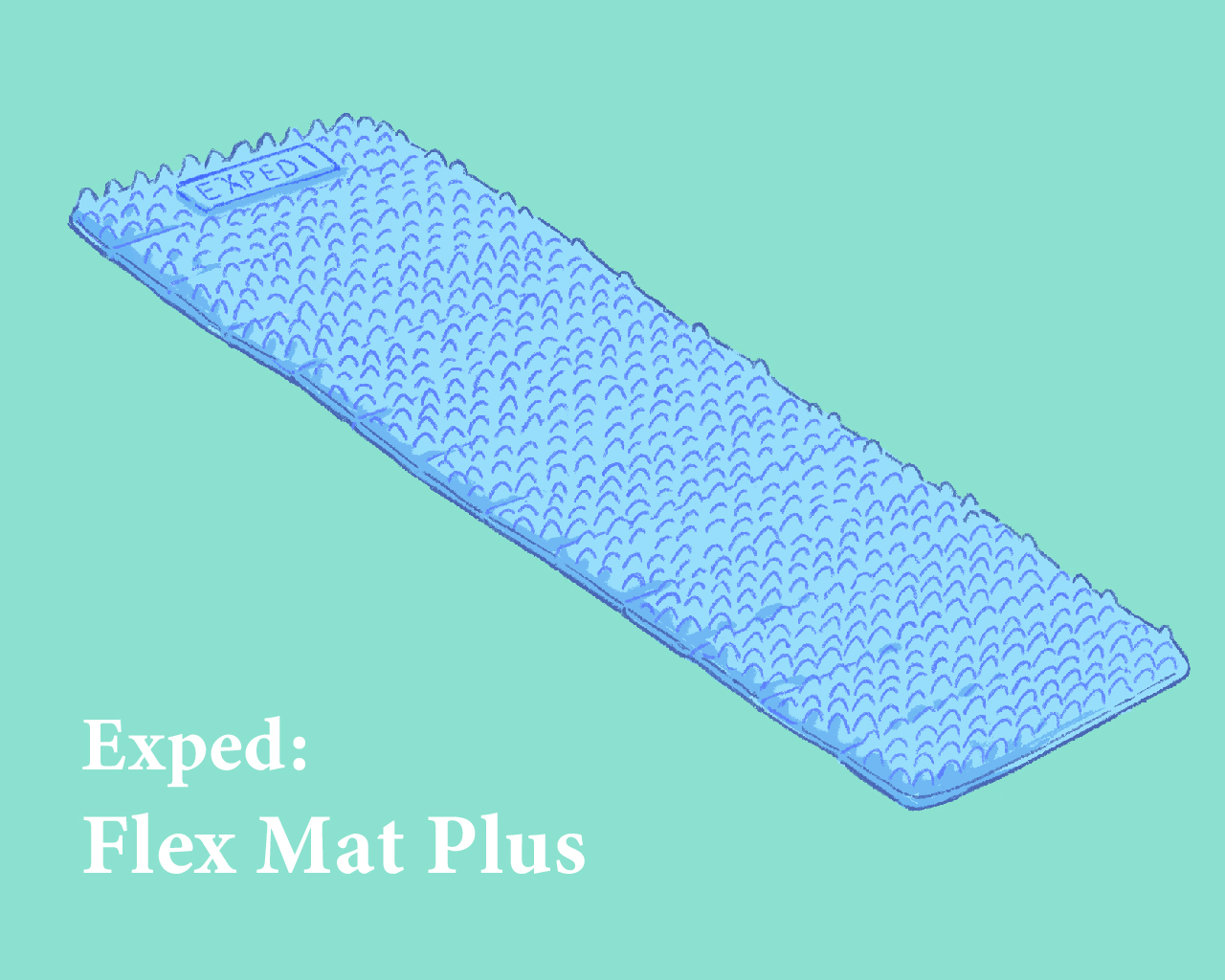
In the 2nd place and below, four products share an R-value of 2.0: the Yamatomichi UL Pad 15+, Therm-a-Rest RidgeRest/Z Lite Sol, and Nemo Switchback. This R-value of around 2.0 seems to be a standard benchmark for closed-cell foam mats.
Each of these products is a well-established classic from their respective brands, but Yamatomichi’s UL Pad 15+ stands out for its incredibly light weight of just 113g, less than half the weight of the Z Lite Sol at 286g. However, when considering that the Z Lite Sol is 30cm longer at 130cm and 7mm thicker at 2cm, the UL Pad 15+’s lightness is not so much magical as it is a result of carefully prioritized design choices. It highlights the trade-offs each product makes between different factors. Additionally, the UL Pad 15, with its R-value of 1.4 and a weight of just 75g, is another exceptionally lightweight option with no real competitors in that regard.
The 8th-ranked Exped FlexMat (225g) and the 9th-ranked Montbell Foam Pad 90 (200g) fall in the middle of the spectrum between the ultralight Yamatomichi UL Pad 15 series (around 100g) and the 290g Z Lite Sol. These two products seem to strike a balance, offering something between the extreme lightness of Yamatomichi’s pads and the durability and cushioning focus of Therm-a-Rest.
6. Top 10 R-Values by Weight
So far, we’ve seperately compared the R-values and weight of sleeping pads. Generally, there’s a direct relationship between increasing a mat’s thickness or adding insulation and a corresponding increase in weight and R-value.
But what if all sleeping mats weighed the same? Which product would be the warmest? To answer this, we’ll compare the R-value per gram by dividing the R-value by the product’s weight, allowing us to assess warmth efficiency at the material level.
However, to truly compare warmth efficiency at the material level, it’s necessary to standardize the length of the products. While this is a hypothetical scenario (since air mats and self-inflating mats cannot actually be cut to size), we’ve created a ranking based on the weight and R-value assuming each product is 100cm long.
Please note that many air mats and insulated air mats have tapered shapes or narrower foot sections, and mat widths can vary slightly, making it difficult to precisely calculate weight per unit length. Therefore, the values in the table should be viewed as a reference.
※Weight per 100cm = (Weight of the smallest size of each product ÷ Length of the smallest size of each product in cm) x 100.
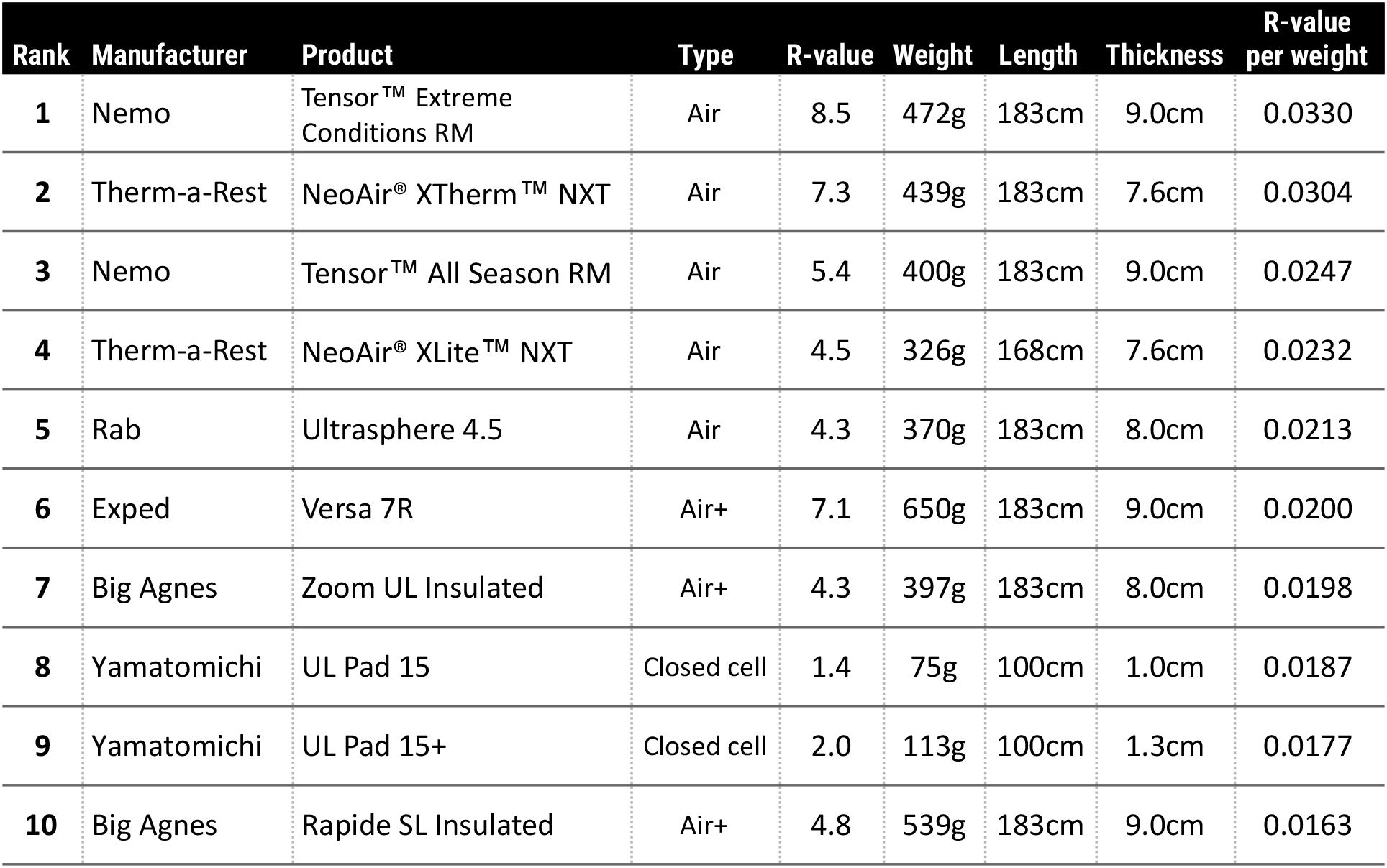
Even when ranking the products by standardizing weight per length, we see that the top contenders from other rankings also make it into this list. This indicates that these products are exceptionally well-balanced in terms of weight and R-value, demonstrating their overall high performance.
At the top of the list is the Nemo Tensor Extreme Conditions, which not only boasts the highest current R-value but also leads with an impressive R-value per gram of 0.0330, significantly outpacing the competition. In second place is its rival, the Therm-a-Rest NeoAir XTherm NXT. Positions three through five mirror the results from the air mat rankings, further highlighting the recent advancements in air mat technology.
The Yamatomichi UL Pad 15 series also stands out, ranking 8th and 9th among the closed-cell foam types. This underscores the lightweight and high insulation properties of the XLPE foam material used in these pads.
Outro
We’ve ranked sleeping mats from various perspectives based on the ASTM F3340-18 standard. We believe that it helped bring a better understanding on the characteristics and trends of each type, and the current market landscape.
This article primarily focused on the relationship between the warmth and weight of sleeping mats. However, it’s important to remember that the quality of a mat is not determined solely by its insulation and weight. Comfort, ease of setup, durability, and other factors are also crucial considerations. As previously mentioned, this ranking is purely based on R-value and should not be seen as a ranking of the overall quality.
That said, warmth and weight are certainly among the most critical factors when choosing a sleeping pad, and compiling this data into a comprehensive list has its own value.
We hope this article serves as a helpful guide in selecting the best sleeping pad for your needs.









